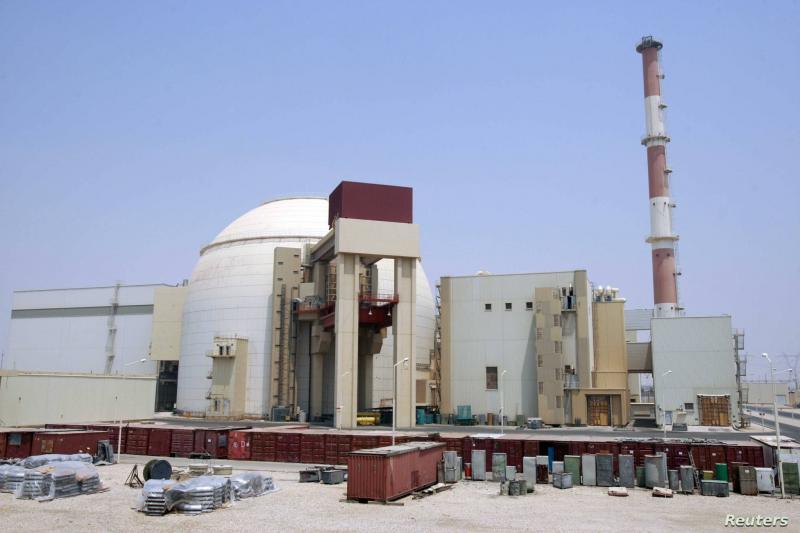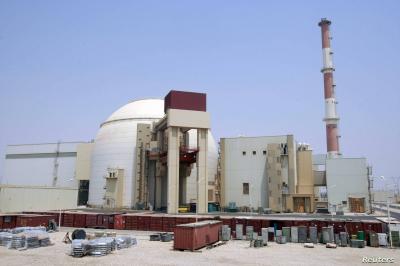The Bushehr nuclear power plant located in southern Iran has been temporarily closed due to a "technical malfunction," as announced by the Iranian Atomic Energy Organization late Sunday into Monday. The organization stated that "following a technical malfunction at the Bushehr plant (...) operations have been temporarily suspended and it has been disconnected from the national electricity grid," without specifying the nature of the problem at Iran's only nuclear power plant. The organization added in a brief statement, "Naturally, once this technical problem is resolved, the plant will be reconnected to the national electricity grid."
On Sunday night, the national electricity company urged Iranians to reduce consumption as much as possible during peak hours due to "expected high temperatures," and "restrictions on power production due to ongoing repairs at the Bushehr plant."
Bushehr is located on the shores of the Gulf in southern Iran, an area that often experiences seismic activity and ground tremors. Arab Gulf countries have previously expressed concerns about the plant's proximity to their territories and the potential for a radiation leak in the event of a strong earthquake that could damage the facility.
In April, Iranian state media reported that five individuals were injured following a 5.8 magnitude earthquake (according to the U.S. Geological Survey) centered in Bushehr province, about 100 kilometers from the plant. The plant's public relations department confirmed at the time that "all sections, devices, and buildings in the Bushehr plant are completely intact and continue to operate without any faults," and that it is designed to withstand "the strongest types of earthquakes in the country and the region."
Russia built the Bushehr plant, equipped with a reactor that produces 1,000 megawatts of power, which Iran officially received in September 2013 after years of delays. In 2016, Iranian and Russian companies began construction on two additional reactors at the plant, each with a capacity of 1,000 megawatts. Estimates indicate that completing the work on these reactors will take ten years.




